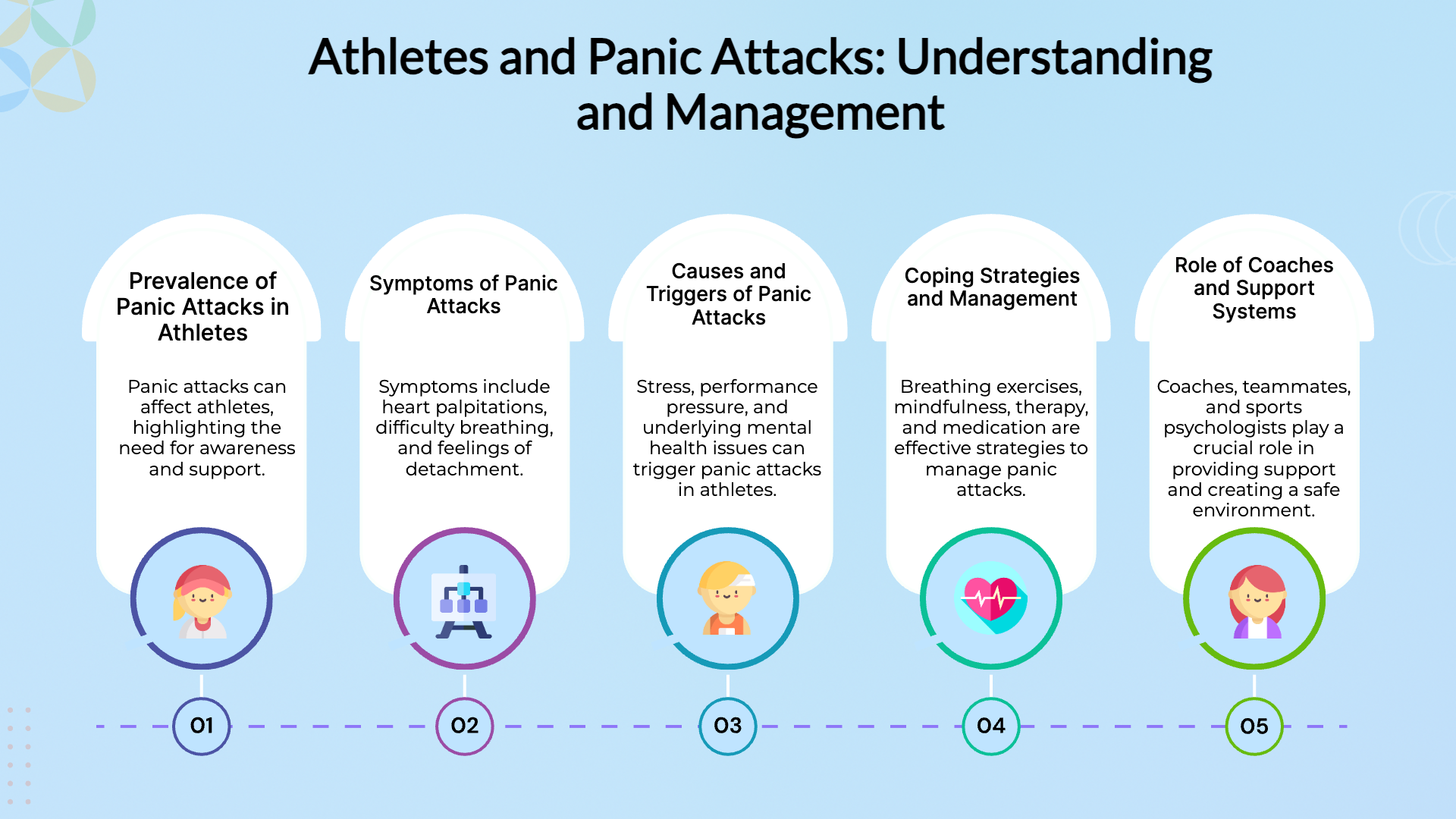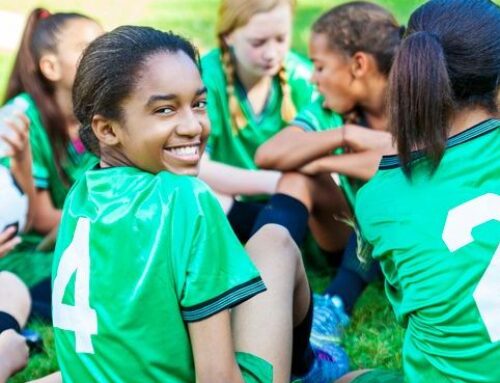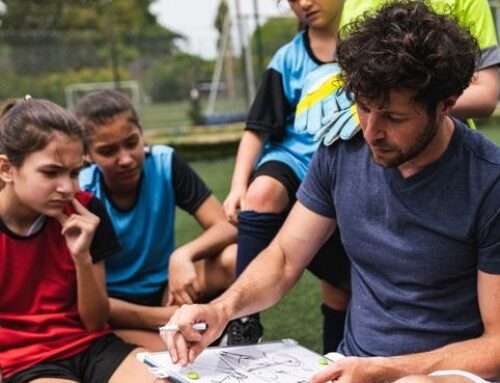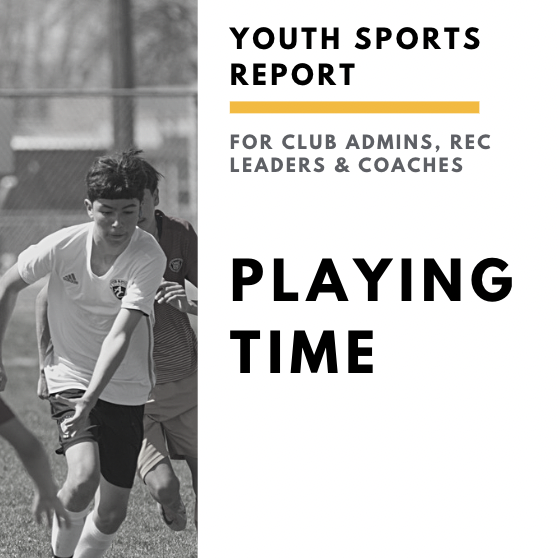Get our exclusive report. Download the iSport360 Club Switching Report Here – For Club Admins, Rec Leaders and Coaches.
Helping Athletes During Panic Attacks
This is a heavy topic, panic attacks with your players. Coaching youth sports is about more than just skills and strategy—it’s also about supporting young athletes both physically and emotionally. As a coach, I have been part of players having panic attacks.
The emotional part is what most people don’t realize. Panic attacks can happen to any player, whether due to game pressure, personal stress, or underlying anxiety. As a coach, knowing how to recognize and respond effectively can make a significant difference in a player’s well-being and performance. In my role as coach, there have been a couple of times when I had to help players deal with panic attacks.
Recognizing a Panic Attack
Panic attacks can manifest in different ways, but common signs include:
- Rapid breathing or hyperventilation
- Racing heart
- Dizziness or lightheadedness
- Sweating or shaking
- Feeling of overwhelming fear or loss of control
Understanding these signs can help you respond quickly and appropriately. You also have to be able to read the room. Most times players just head off of the field, just be aware of your surroundings. Coaches have a duty to keep their players safe and secure.
How to Help a Player During a Panic Attack
1. Stay Calm and Offer Reassurance
Set the tone of calmness. If you remain calm and composed, it can help the athlete feel safer. Again, as a coach, create a safe space. Speak in a soft, steady voice and offer reassurance like, “You’re safe, I’m here to help you.”
2. Guide Their Breathing
You want to work to get this under control. Encourage slow, deep breathing. One effective method is the 4-7-8 technique:
- Inhale for 4 seconds
- Hold for 7 seconds
- Exhale slowly for 8 seconds
This helps regulate their breathing and lower their heart rate. It also helps their brain focus on something besides the stressor.
3. Remove Pressure and Provide Space
If possible, take them to a quieter area away from the crowd or the game’s intensity. Let them know it’s okay to take a break and that their well-being is the priority. Creating an environment where this is no backlash around moving to a safe space is important.
We have had players have a panic attack and they knew it was coming so they would go off to the side without any repercussions. As coaches, we told them what to do, then one of the coaches followed them to make sure they are ok.
4. Use Grounding Techniques
This helps the player focus on the present moment to regain control. A simple method is the 5-4-3-2-1 technique:
- 5 things they can see
- 4 things they can touch
- 3 things they can hear
- 2 things they can smell
- 1 thing they can taste
This can help shift their focus away from anxiety and back to reality. After using this the other day, I can’t tell your enough about how well this worked. I forgot the numbers like 5, 4, 3 etc but I did remember the theme, focus on the senses. It changed everything quickly.
5. Offer Encouragement Without Forcing a Return to Play
After the panic attack subsides, let the athlete decide if they feel ready to return. Forcing them back too soon can increase anxiety. Instead, remind them that taking care of themselves is just as important as playing the game. Another tip is to send the player to the bathroom to collect themself but I would advise to have a friend walk with them or a trusted coach.
 Wrap Up!
Wrap Up!
As a coach, your influence extends beyond the game and the x’s and o’s. Supporting young athletes through panic attacks not only helps them in the moment but also teaches valuable coping skills for life. By staying calm, offering reassurance, and fostering a supportive environment, you can make a lasting impact on both their athletic journey and overall well-being.
iSport360 is the only app that does it all for youth sports. For more information on what we do, click here.
About the author:
Amy Masters is a sports mom, coach, and club administrator. She has been coaching youth sports for more than 10 years. She started Jr Lions Field Hockey, the youth recreation program for the Hunterdon County community growing it from 40 players in year 1 to 150 players by year 3. A few years later, she saw the love and competitiveness grow then started Omega Field Hockey Club serving NJ and PA players. Before coaching, she was a collegiate field hockey player for Lock Haven University. In her spare time (lol), she is head of marketing for iSport360 and the co-editor of the Youth Sports Survival Guide. The Youth Sports Survival Guide is the largest youth sports newsletter in the world.
Learn more or request a demo of our youth sports software that is helping teams improve communication, organization and player development.
March 28, 2025





